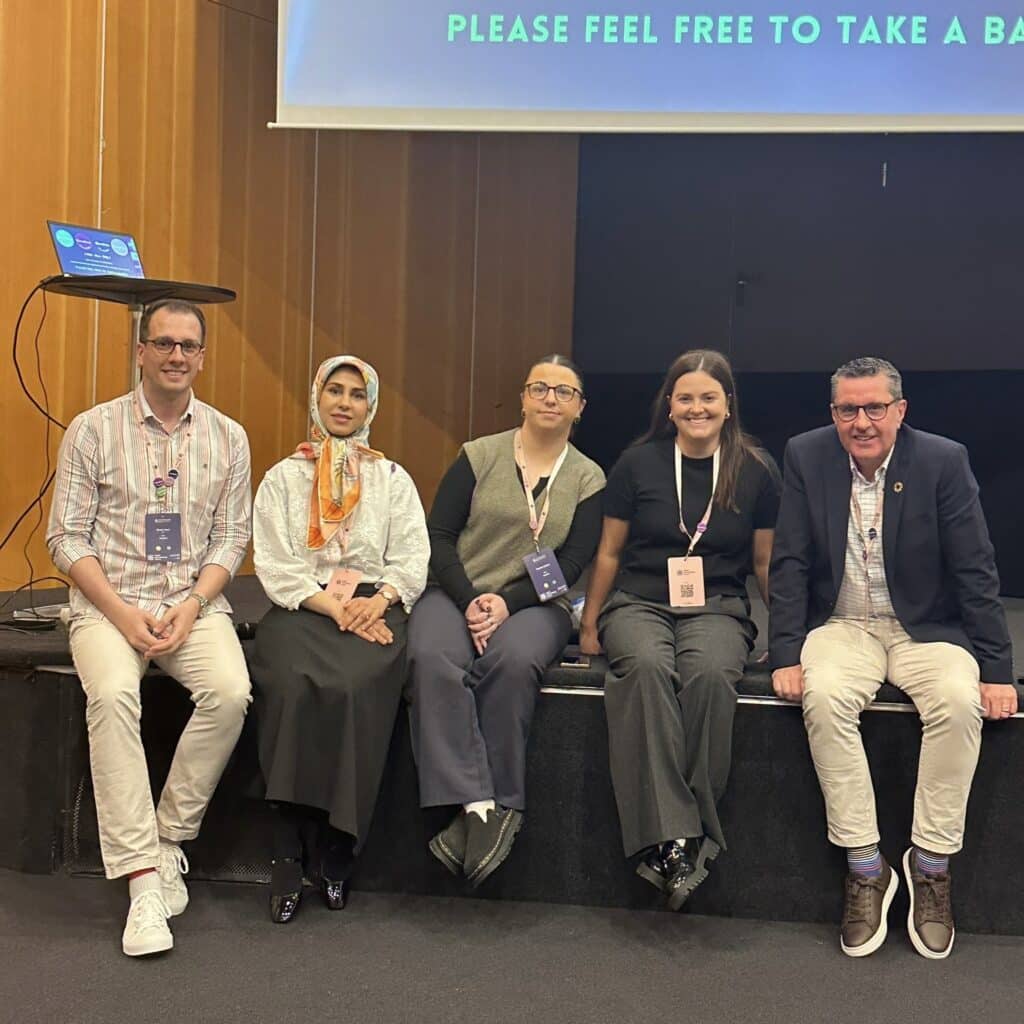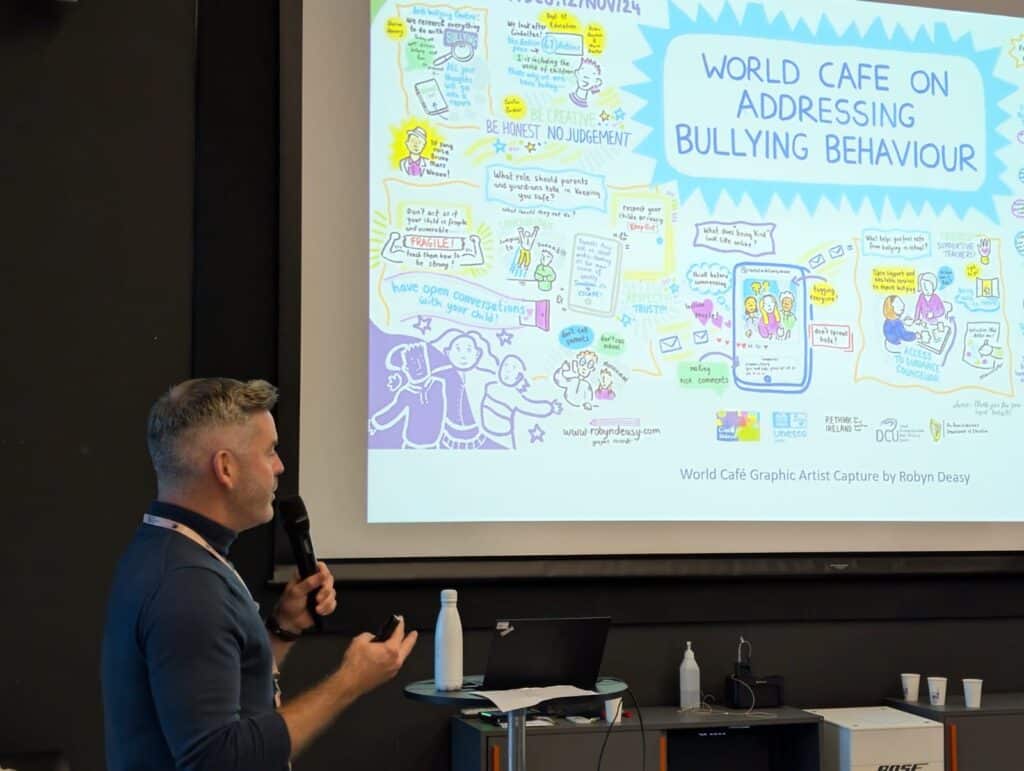This work has focused on the antecedents of sexual harassment as a whole, setting aside the examination of differential antecedents for the different behavioural categories of sexual harassment (gender harassment, unwanted sexual attention and sexual coercion) although different categories may be differentially determined, especially when considering the variety of behaviours involved within these. The present study aims to: (a) investigate each category of sexual harassment separately, (b) explore what person and what organisational characteristics contribute to each type of harassment, (c) examine differences in the dynamics behind perpetrating and experiencing each type, (d) examine how individual responses to harassment mediate outcomes, as well as (e) what role organisational context has in predicting responses or outcomes of harassment, and (f) to investigate gender differences within this framework. Structural Equation Modelling (SEM) was used to develop models tested on a male dominated police organisation (135 male and 125 female police officers and support staff) in the UK in the first instance, and subsequently on a more gender balanced academic institution (118 male and 84 female academics and support staff). Results suggested that, for the most part, relationships generalised across organisations, such that, male perpetrating, for both categories of harassment, was predicted by attitudes alone, while among females gender harassment was predicted by job gender context and attitudes, and unwanted sexual attention was predicted by agreeables. Experiencing harassment was a function of organisational tolerance and personality characteristics, with different patterns emerging for males and for females. The most consistent finding in outcome models was the negative impact of internal coping on psychological health.
A team from ABC was delighted to attend the World Anti-Bullying Forum 2025 (WABF) in Stavanger, Norway on 10th-13th June 2025. It’s been nearly a month since the ABC team had the chance to share their research, connect with colleagues, make new connections and learn from others.
The World Anti-Bullying Forum is an international forum and biannual conference that brings experts together from various disciplines to increase the understanding of bullying and other forms of violence against children and young people. The World Anti-Bullying Forum is a meeting place for researchers, policymakers, and practitioners in the work against bullying. This year, the forum was hosted by the Norwegian Centre for Learning Environment and Behavioural Research in Education from the University of Stavanger. The WABF is supported by UNESCO. There were almost 750 attendees from more than 50 different countries. Presenters included those from academia, industry, education, and also a youth panel.
Our travelling party included members of 3 different faculties – Institute of Education, Science & Health, and Humanities & Social Sciences, with a variety of roles represented. We were proud to represent a number of teams and projects from the DCU Anti-Bullying Centre, in the form of symposia, workshops, oral presentations and posters. We enjoyed the opportunity to celebrate the progress and achievements of the various projects at WABF 2025.
In total, we had 12 papers and 5 posters, representing research on online bullying and digital resilience, school bullying, grooming, self-harm, smartphone use, children’s rights, social dominance, online racism, participatory and co-design research with young people, autism based bullying, and community and parental contexts for online bullying.
Presentation highlights:



